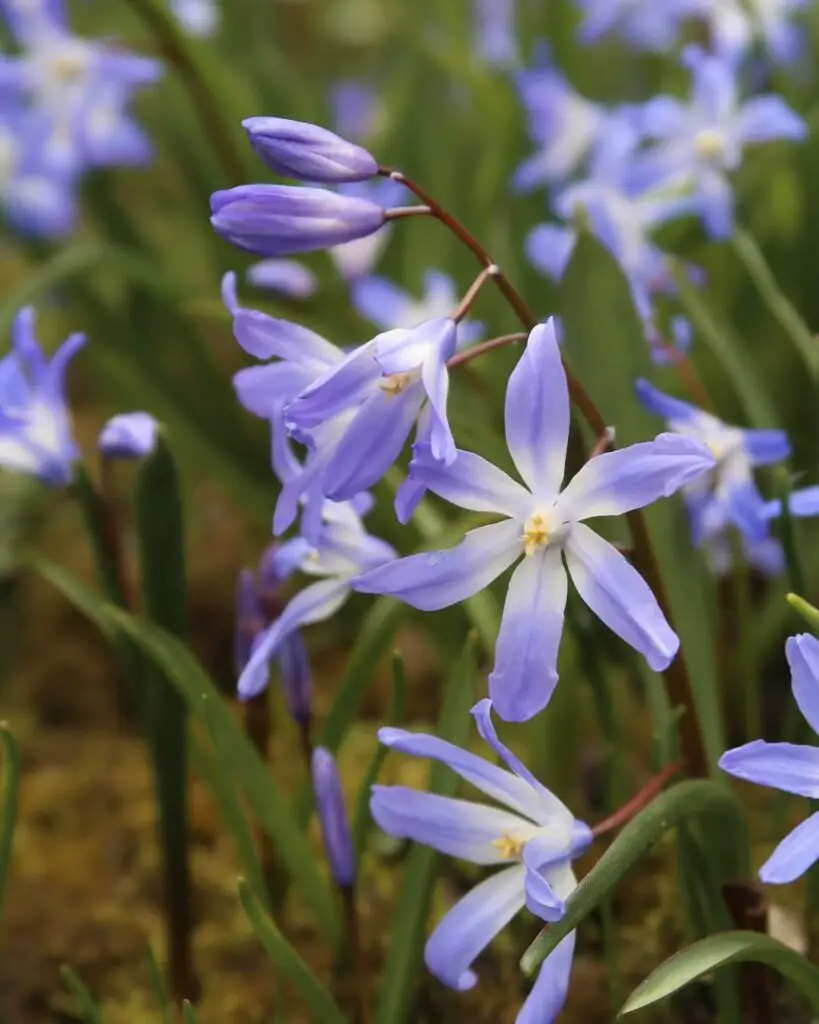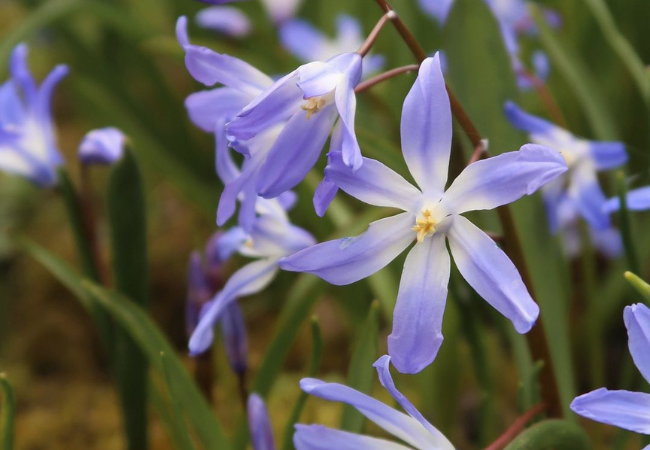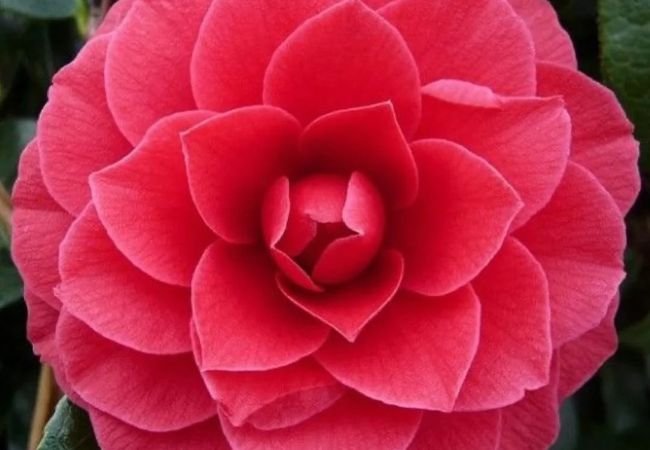Discover the charm of Chionodoxa, the “Glory of the Snow” flower. Learn how to grow these early spring bloomers, their benefits for your garden and why they’re a favorite among USA gardeners. Perfect for beginners and experienced plant lovers alike.
Have you ever seen tiny blue flowers peeking through the last bits of snow in early spring? You might have stumbled upon Chionodoxa, also known as “Glory of the Snow.” Let’s explore this charming little flower that brings joy to gardeners and nature lovers alike.
Here’s an easy and verified chart for Chionodoxa:
| Category | Details |
|---|---|
| Botanical Name | Chionodoxa spp. |
| Common Name | Glory-of-the-Snow |
| Plant Type | Bulbous perennial |
| Hardiness Zone | Zones 3-8 (depending on species) |
| Sun Exposure | Full sun to part shade |
| Soil Type | Well-draining, fertile soil |
| Watering Needs | Average; drought tolerant once established |
| Growth Habit | Clump-forming |
| Height/Spread | 4-8 inches tall, spread of 4-6 inches |
| Special Features | Star-shaped flowers in shades of blue, pink or white with a white center; blooms in early spring; naturalizes well in lawns and woodland settings; deer resistant |
What is Chionodoxa?

Chionodoxa is a small, spring-blooming bulb flower. It gets its nickname “Glory of the Snow” because it often blooms while snow is still on the ground. These flowers are part of the Asparagaceae family, which includes asparagus and hyacinths.
Types of Chionodoxa
There are several types of Chionodoxa, including:
- Chionodoxa forbesii (Forbes’ glory of the snow)
- Chionodoxa luciliae (Lucile’s glory of the snow)
- Chionodoxa sardensis (Lesser glory of the snow)
Each type has slightly different colors and sizes, but they all share that lovely star-shaped bloom.
What Do Chionodoxa Flowers Look Like?
Chionodoxa flowers are small and star-shaped. They usually have:
- 5-10 petals
- Colors ranging from light blue to pink or white
- A white center
- Thin, grass-like leaves
These flowers grow in clusters, creating a carpet of color when planted in groups.
Where Do Chionodoxa Flowers Grow?
Chionodoxa is native to parts of Turkey and nearby areas. However, it’s now grown in many places around the world, especially in temperate climates. In the USA, they do well in:
- Northeast
- Midwest
- Pacific Northwest
They like areas that have cold winters and mild summers.
How to Grow Chionodoxa
Growing Chionodoxa is pretty easy. Here’s what you need to know:
- Planting time: Plant bulbs in fall, about 3 inches deep.
- Soil: They like well-drained soil.
- Sun: Plant in full sun or partial shade.
- Water: Water after planting, then let rain do the rest.
- Spacing: Plant bulbs about 3 inches apart.
For more detailed gardening tips, check out the U.S. Department of Agriculture’s plant database.
Why Plant Chionodoxa?
There are many reasons to add Chionodoxa to your garden:
- Early bloomer: They’re one of the first flowers to appear in spring.
- Low maintenance: Once planted, they need little care.
- Naturalizing: They spread easily, creating beautiful drifts of color.
- Pollinator-friendly: Early-season bees love them.
- Pest-resistant: Deer and rodents usually leave them alone.
Chionodoxa in the Garden
Chionodoxa works well in various garden settings:
- Rock gardens
- Woodland areas
- Lawn edges
- Under deciduous trees
- In containers
They look great when planted with other spring bulbs like crocuses or daffodils.
Caring for Chionodoxa
These flowers are pretty easy to care for:
- After blooming, let the leaves die back naturally. This helps the bulb store energy for next year.
- In fall, you can divide large clumps if you want to spread them around.
- No need to dig up the bulbs each year – they’re hardy in most climates.
Chionodoxa in History and Culture
While not as famous as some flowers, Chionodoxa has its own charm:
- The name “Chionodoxa” comes from Greek words meaning “snow” and “glory.”
- It was introduced to Western gardens in the mid-1800s.
- In the language of flowers, Chionodoxa can symbolize hope and new beginnings.
Fun Facts About Chionodoxa
- Chionodoxa bulbs are much smaller than tulip or daffodil bulbs.
- They’re sometimes confused with Scilla, another early spring flower.
- Some gardeners call them “snow glories” for short.
For more information about spring-flowering bulbs, visit the United States National Arboretum.
Wrapping Up
Chionodoxa might be small, but it packs a big punch in the garden. Its early blooms, easy care, and cheerful colors make it a favorite for many gardeners. Whether you’re looking to brighten up your lawn, add color to a rock garden or just enjoy some early spring flowers, Chionodoxa is worth considering.
So next time you see little blue stars peeking out of the melting snow, you’ll know you’re looking at the “Glory of the Snow” – a tiny but mighty harbinger of spring.
For more gardening tips and plant care guides, visit usagardenhub.com.





